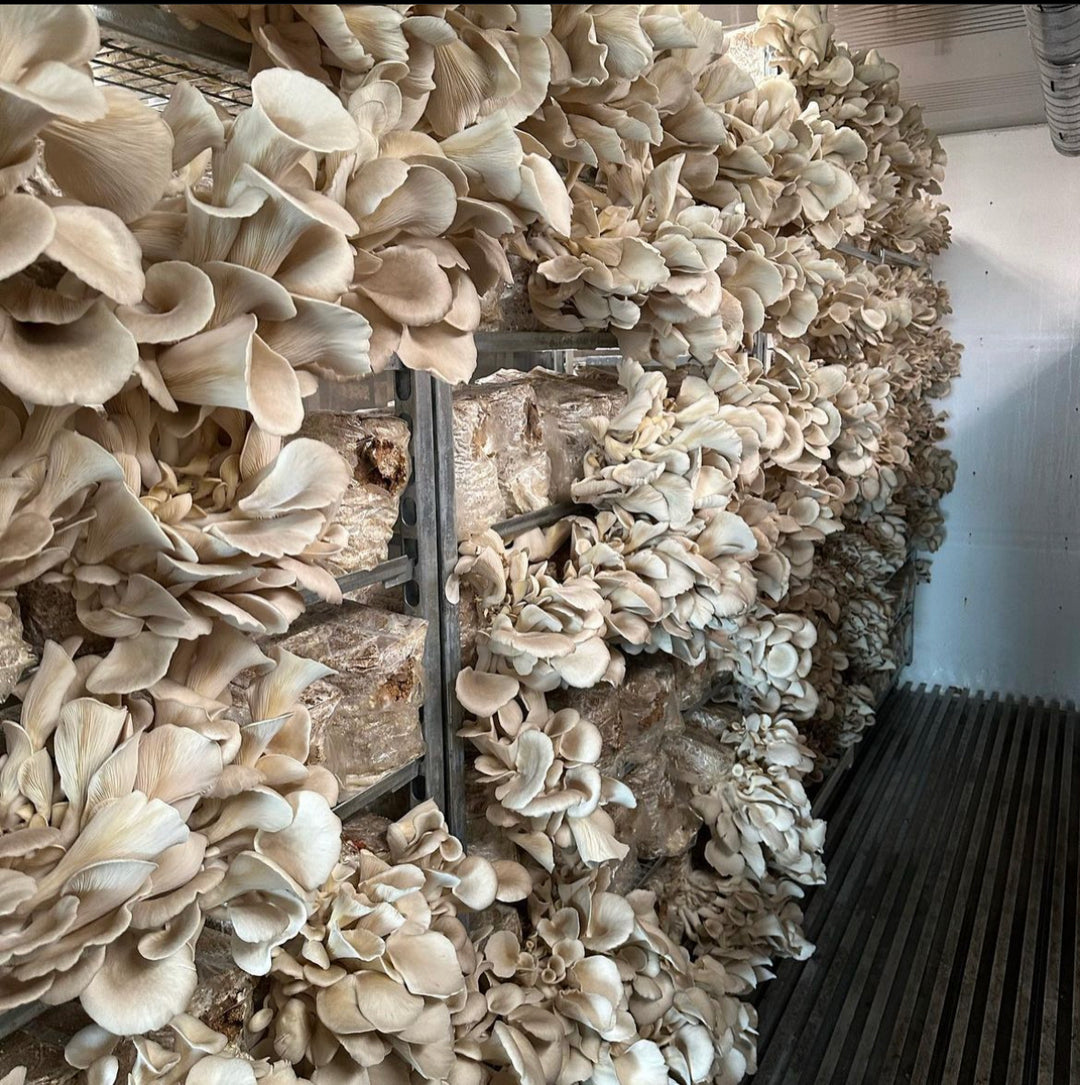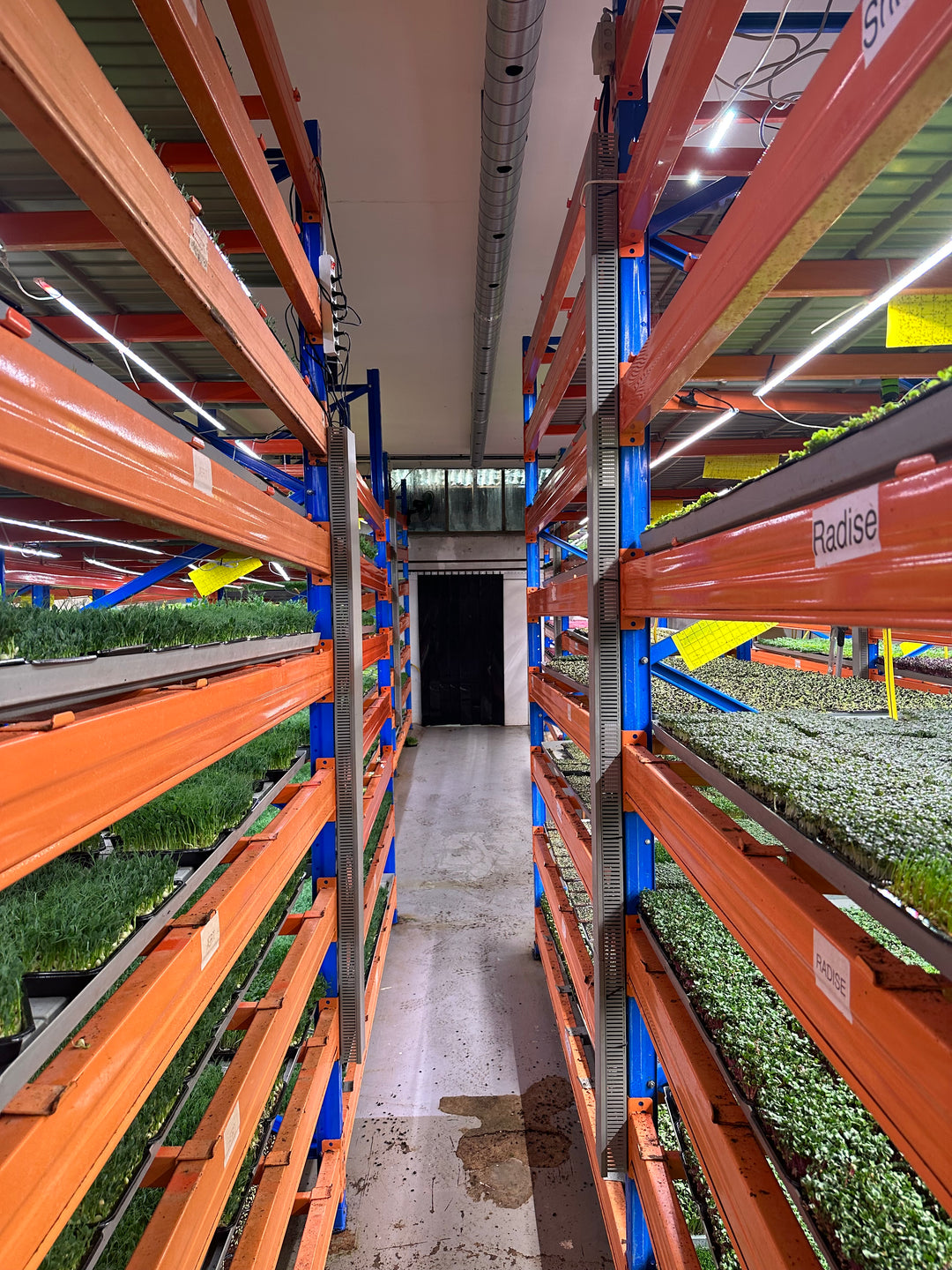Become More Self-Sufficient: How to Grow Your Own Herbs Indoors

In a world where food prices keep rising and ingredient lists get longer and harder to trust,
the idea of self-sufficiency is becoming more appealing than ever. One of the easiest, most
rewarding places to start? Growing your own herbs indoors. No garden, no problem—you
can turn a windowsill or small shelf into a mini herb farm that supplies your kitchen with
fresh, flavorful ingredients year-round.
Why Herbs?
Herbs are a self-sufficiency powerhouse. They’re compact, fast-growing, and packed with
flavor, nutrition, and even medicinal benefits. Store-bought herbs are often expensive, wilt
quickly, and come in wasteful plastic packaging. Growing your own means you can harvest
what you need, when you need it, without waste—and with full control over how they’re
grown.
Best Herbs to Grow Indoors
Some herbs are especially well-suited to indoor conditions. Here are some of the easiest and
most useful:
Basil – Loves warmth and sun, perfect for pasta, salads, and pesto.
Parsley – Great in soups, stews, and salads. Grows well in lower light.
Chives – Mild onion flavor, easy to snip and regrow.
Mint – Hardy and refreshing, perfect for teas and desserts (keep it in its own pot—it
spreads!).
Thyme – Woody, aromatic, and excellent for roasting or seasoning meats.
Cilantro – Fast-growing, great for Latin and Asian dishes (harvest often—it bolts
quickly).
Oregano – A kitchen classic for sauces, pizza, and Mediterranean cooking.
Rosemary – Needs good light, but thrives indoors and lasts a long time.
What You’ll Need
Getting started is simple:
Containers: Any pot with drainage holes will work. Small clay or ceramic pots are
great for airflow.
Potting mix: Use a well-draining potting soil—not garden soil. Many herbs prefer
slightly sandy soil.
Seeds or starter plants: Seeds are cheaper, but starter plants give you a head start.
Sunlight or grow light: Most herbs need 6–8 hours of sunlight a day. If your space
lacks a sunny window, a basic LED grow light will do wonders.
Watering system: Water when the top inch of soil is dry—herbs hate soggy roots. A
spray bottle works well for delicate seedlings.
Planting and Care Tips
Don’t overcrowd: Give each plant its own pot or plenty of space to avoid competition
for nutrients and light.
Rotate regularly: If using natural sunlight, rotate pots every few days so herbs grow
evenly.
Prune often: Snipping herbs encourages bushier, fuller growth. Use what you cut in
cooking—nothing goes to waste.
Feed lightly: Use a diluted liquid fertilizer every few weeks, but don’t overdo it—too
much can change the flavor of some herbs.
The Perks of Growing Herbs Indoors
Instant flavor: Just clip a sprig and transform a bland meal into something special.
Lower grocery bills: Herbs are pricey at the store—growing your own pays for itself
quickly.
Less waste: No more sad, wilted bunches of parsley in the fridge. You pick only what
you need.
Aromatherapy: Fresh herbs smell amazing and can improve your mood just by being
around.
Sustainability: Fewer plastic clamshells, fewer transport emissions, and no pesticides.
Scaling Up
Once you’ve got the basics down, you can easily expand your indoor herb garden. Try
growing herbs hydroponically in jars or using tiered plant shelves with grow lights. You can
even dry your own herbs for long-term storage or create infused oils and vinegars for gifts or personal use.
Final Thoughts
Growing your own herbs indoors is one of the simplest, most satisfying steps toward a more self-sufficient life. Whether you're seasoning your dinner, brewing herbal tea, or just enjoying the greenery in your kitchen, an indoor herb garden is practical, beautiful, and empowering. You don’t need a farm—just a few pots, a sunny window, and the desire to grow something useful. So why not start today? Choose a few herbs you love, plant some seeds, and begin the journey toward fresh flavor and food independence—one leaf at a time.


